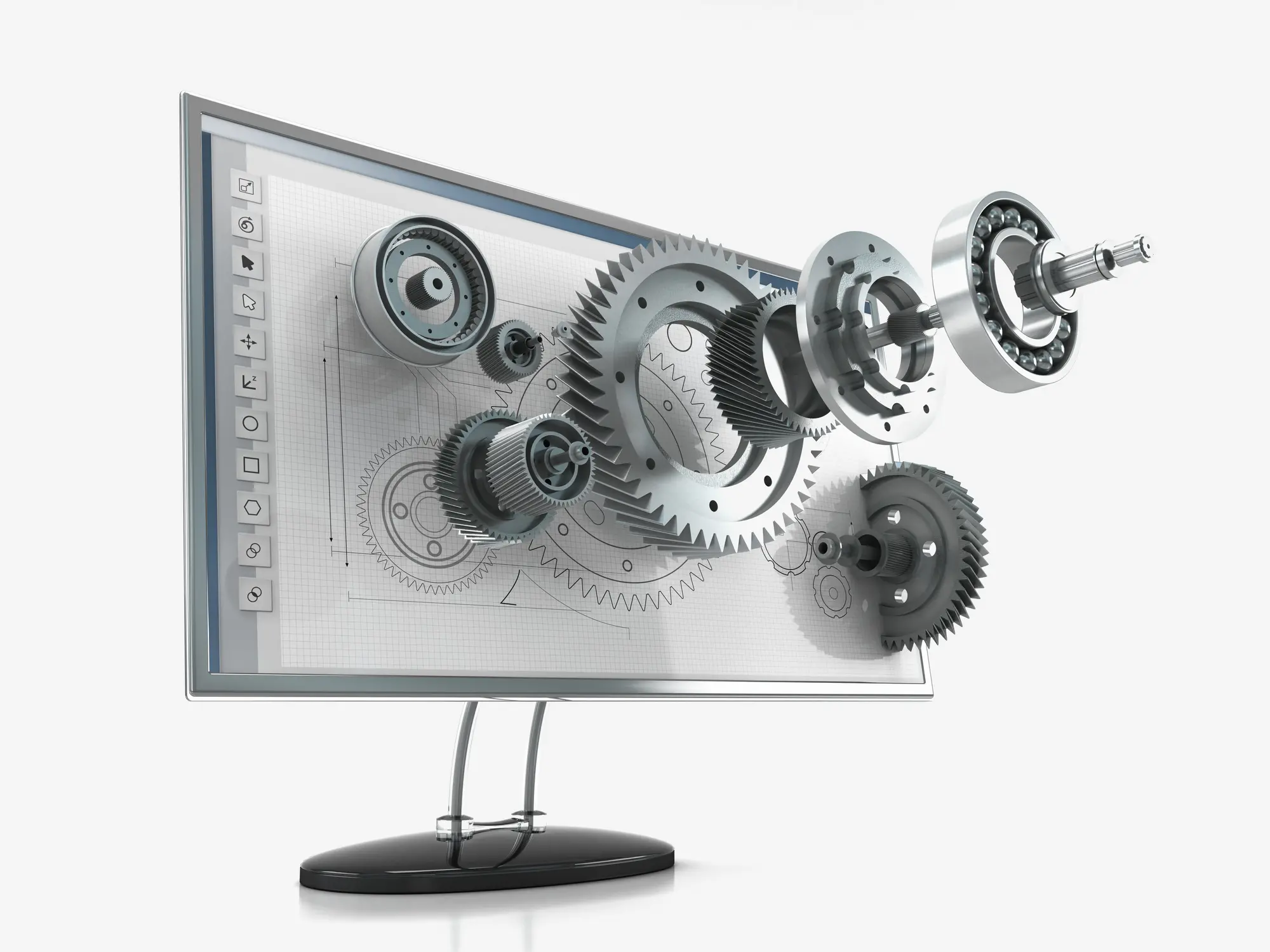
We jumped at the chance to machine ultra-precision components for a brand-new transcranial doppler (TCD) technology that reveals cerebral blood flow data in real-time. We knew it could change the game for patients and providers when diagnosing, surveying, and monitoring stroke and other blood flow disorders. In discussing the project with our high-tech medical equipment client, we discovered that access to real-time data helps prevent disability and death, punctuating the importance of this life-saving cerebral ultrasound device.
With such high-stakes projects, precision and accuracy are more important than ever, not only on the production floor. We employed the same exacting approach during the engineering and design phase as we poured over the prints, utilizing our design for manufacturing (DFM) skill set to identify a pivotal design revision that would ultimately define the success of this project.
In this article, we’ll introduce you to DFM and highlight its critical advantages in ultra-precision component manufacturing. We’ll finish by revealing more about how it helped us successfully machine the highly complex parts of this groundbreaking device.
What is DFM?
Sometimes referred to as design for manufacturing and assembly (DFMA), design for manufacturing (DFM) is the process of designing components for manufacturability. Ideally implemented early in the design phase, DFM uses a cross-functional approach that requires input from manufacturing engineers, designers, technical developers, production experts, and other stakeholders to analyze and optimize the design from every level. These expert teams scrutinize a range of factors, such as part quantity, material, complexity, tolerances, and secondary processes. The idea is to thoroughly challenge the design to ensure a smooth manufacturing process.
Critical advantages of DFM in manufacturing
DFM is a specialized and infinitely critical part of the component manufacturing process because it helps:
- Catch design flaws and inaccuracies
- Enhance part accuracy and precision
- Reduce production costs
- Improve production efficiency
- Shorten the new product development cycle
- Expedite time to market
Let’s return to our cerebral ultrasound manufacturing project to illustrate the importance of this skill set in action. Continue reading to discover how our DFM capabilities flipped the design on its head to reveal a more accurate and cost-effective solution to a thorny project.
How DFM helped us detect a critical design pitfall
While each of the cerebral ultrasound instrument’s components was complex to some degree with the tightest tolerance reaching less than 0.001,” our primary challenge was achieving the stacking tolerance of this multi-component device. Inaccuracies would prevent a proper fit and compromise the assembly.
So, our manufacturing engineering team and shop floor craftspeople worked full-time for weeks to devise the best way to ensure all the parts would fit together securely – and here is where our DFM capabilities gave us leverage. The comprehensive DFM process helped identify an undetected yet critical design flaw: an inversely positioned part. By flipping it to the mirror image, we were able to modify our client’s design for a perfect fit.
Without the intense scrutiny of the DFM process, we may have encountered significant and costly holdups on the production floor. Instead, this high level of due diligence helped us produce accurate, timely, and cost-effective components, helping our client develop this life-saving device that’s in action in many healthcare applications today.
Head to our website for more case studies demonstrating our ultra-precision component manufacturing at work.
As technologies advance at the speed of light, DFM will become increasingly critical to the component manufacturing process – and we’re here to lead the way. Learn more about ultra-precision machining capabilities on our website or reach out to our exceptionally experienced team to discover how DFM can enhance your next component manufacturing project.